THCA Flower Terpene Profiles: Complete Guide to Cannabis Aroma Chemistry
The distinctive aromas of cannabis have captivated humans for centuries, but only recently have we begun to understand the complex molecular orchestra responsible for these captivating scents. THCA terpene profiles represent one of the most fascinating aspects of cannabis aroma chemistry, offering insights into everything from therapeutic potential to flavor experiences. This complete guide to THCA terpenes will demystify the science behind cannabis aromas, empowering you to make informed decisions about your cannabis consumption.
Whether you're a seasoned enthusiast or curious newcomer, understanding cannabis terpene analysis opens up an entirely new dimension of appreciation for this remarkable plant. The aromatic compounds that give each strain its unique character are far more than just pleasant scents—they're complex molecules that interact with cannabinoids to create what scientists call the "entourage effect."
In this comprehensive exploration of marijuana terpene chemistry, we'll break down the science into accessible concepts while maintaining the depth needed for true understanding. From primary terpenes that dominate strain profiles to rare compounds found only in specialty varieties, you'll gain the knowledge needed to navigate the increasingly sophisticated world of modern cannabis.
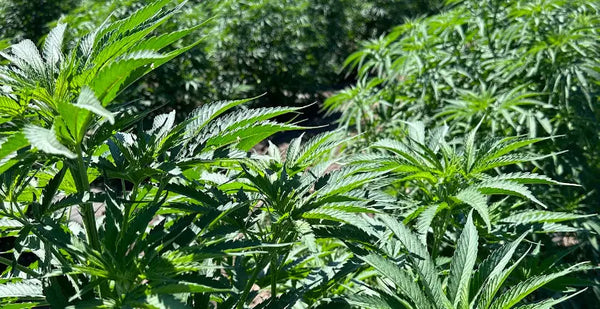
The Foundation of Cannabis Aroma Chemistry
Cannabis aroma chemistry explained begins with understanding that terpenes are volatile organic compounds found throughout nature. These molecules serve as nature's chemical messengers, attracting pollinators, deterring predators, and providing plants with their distinctive aromatic signatures. In cannabis, over 200 different terpenes have been identified, though most strains feature a dozen or fewer in significant concentrations.
The complexity of THCA strain profiles emerges from the intricate interplay between these aromatic compounds and the plant's cannabinoid content. Unlike synthetic fragrances that rely on single notes or simple combinations, cannabis produces symphonies of scent through carefully balanced terpene ratios that evolved over millennia of natural selection.
Understanding terpene biosynthesis helps explain why identical strains can exhibit different aromatic profiles depending on growing conditions, harvest timing, and post-harvest handling. Environmental factors such as temperature, humidity, soil composition, and light exposure all influence terpene production, making each harvest a unique expression of genetic potential meeting environmental reality.
The relationship between terpenes and cannabinoids like THCA creates synergistic effects that extend far beyond simple aromatics. Research suggests that terpenes modulate cannabinoid activity, potentially enhancing or modifying the overall experience. This phenomenon, known as the entourage effect, represents one of the most compelling areas of current cannabis research.
Modern cannabis terpene analysis employs sophisticated techniques like gas chromatography-mass spectrometry (GC-MS) to identify and quantify individual compounds. These analytical methods have revolutionized our understanding of cannabis chemistry, revealing previously unknown terpenes and uncovering the precise ratios that define beloved strains.
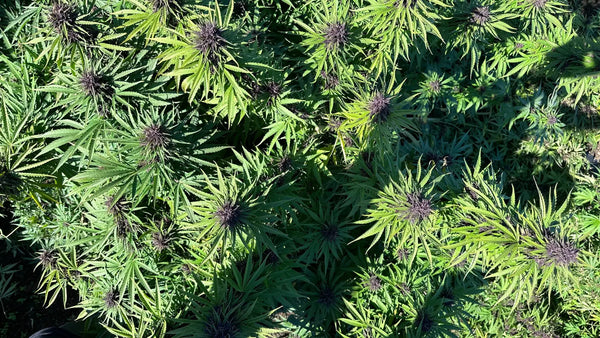
Primary Terpenes: The Heavy Hitters of Cannabis Aromatics
Myrcene: The Sedating Superstar
Myrcene stands as the most abundant terpene in most cannabis varieties, often comprising 20-65% of a strain's total terpene content. This compound delivers the characteristic earthy, musky aroma with hints of cloves that defines many indica-dominant varieties. Beyond its aromatic contribution, myrcene demonstrates significant biological activity, particularly its potential sedating effects.
Found naturally in mangoes, hops, and lemongrass, myrcene serves as a precursor to other monoterpenes within the plant's biosynthetic pathways. Strains high in myrcene typically exhibit the classic "couch-lock" characteristics, though the interaction with specific cannabinoid profiles creates nuanced variations in effect.
The molecular structure of myrcene, featuring multiple double bonds, makes it particularly susceptible to degradation from heat and light exposure. This volatility explains why proper storage and handling are crucial for preserving myrcene-rich profiles in THCA terpene profiles.
Limonene: Citrus Brightness and Mood Enhancement
The second most common cannabis terpene, limonene brings unmistakable citrus notes ranging from sweet orange to sharp lemon. This compound typically appears in higher concentrations in sativa-dominant strains, though notable exceptions exist across the genetic spectrum.
Limonene's unique property of enhancing the absorption of other terpenes through biological membranes may contribute to its reputation for promoting alertness and mood elevation. The compound demonstrates remarkable stability compared to other monoterpenes, maintaining its aromatic integrity through various processing methods.
Industrial applications of limonene extend far beyond cannabis, with uses in cleaning products, cosmetics, and food flavoring. This widespread utility reflects the compound's generally recognized as safe (GRAS) status and its compatibility with human biology.
Pinene: Forest Freshness and Mental Clarity
Alpha-pinene and beta-pinene together create the fresh, piney aroma reminiscent of coniferous forests. These compounds appear in numerous cannabis strains, often contributing to the perception of mental clarity and alertness associated with certain varieties.
The pinenes represent some of the most abundant terpenes in the plant kingdom, serving as building blocks for numerous other compounds. Their presence in cannabis may enhance the bioavailability of other terpenes and cannabinoids through their documented ability to cross the blood-brain barrier more readily.
Strains featuring prominent pinene profiles often maintain their aromatic intensity longer than those dominated by more volatile compounds. This stability makes pinene-rich varieties particularly suitable for extended storage without significant terpene degradation.
Caryophyllene: The Spicy Cannabinoid Mimic
Beta-caryophyllene holds unique status among cannabis terpenes as the only one capable of directly activating cannabinoid receptors, specifically CB2 receptors associated with the immune system and inflammation response. This spicy, peppery compound appears in high concentrations in strains bred for specific therapeutic applications.
The molecular size and complexity of caryophyllene distinguish it from other common cannabis terpenes. As a sesquiterpene rather than a monoterpene, caryophyllene demonstrates greater stability and persistence, maintaining its aromatic contribution throughout various processing methods.
Natural sources of caryophyllene include black pepper, cloves, and rosemary, explaining why these spices often enhance cannabis flavors in culinary applications. The compound's dual nature as both terpene and cannabinoid receptor agonist represents a fascinating intersection of plant chemistry and human physiology.
Linalool: Floral Elegance and Relaxation
The sweet, floral aroma of linalool brings sophisticated elegance to cannabis profiles, often compared to lavender or lilac blossoms. This compound appears in numerous high-end strains, contributing to complex bouquets that transcend simple categorization.
Linalool's reputation for promoting relaxation and stress relief extends across cultures, with the compound featuring prominently in traditional aromatherapy practices. Its presence in cannabis may contribute to the calming effects associated with certain strains, independent of cannabinoid content.
The biosynthesis of linalool in cannabis involves complex enzymatic pathways that respond to environmental stressors. Plants grown under controlled conditions often produce more consistent linalool concentrations, while outdoor cultivation may result in variable but sometimes more intense aromatic expressions.
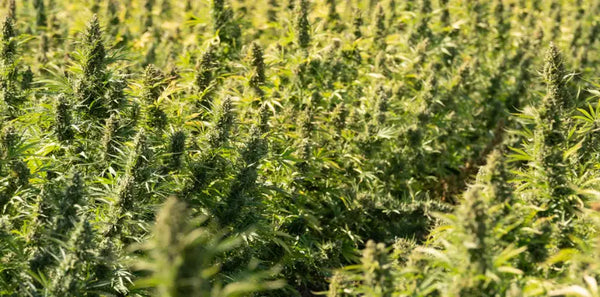
Secondary Terpenes: Supporting Cast with Major Impact
Humulene: Earthy Sophistication
Often found alongside caryophyllene, humulene contributes woody, earthy notes with subtle spicy undertones. This sesquiterpene appears in hops (sharing etymology with Humulus lupulus), explaining certain beer-like aromatics in some cannabis strains.
Research into humulene suggests potential anti-inflammatory and appetite-suppressant properties, making it particularly interesting for medical cannabis applications. The compound's stability and distinctive aroma make it a valuable marker for strain authentication and quality assessment.
Ocimene: Sweet and Herbaceous
The sweet, herbaceous aroma of ocimene adds complexity to citrus-forward strains, often providing the bridge between sharp limonene and more subtle floral notes. This compound exists in multiple isomeric forms, each contributing slightly different aromatic nuances.
Ocimene demonstrates notable antifungal properties, potentially contributing to the plant's natural defense mechanisms. Its presence in THCA strain profiles may indicate robust plant health and optimal growing conditions.
Terpinolene: The Complex Contributor
Perhaps the most complex primary terpene, terpinolene combines floral, piney, citrus, and herbaceous notes in a single compound. Strains featuring prominent terpinolene often exhibit unique, difficult-to-categorize aromatics that defy simple description.
The multifaceted nature of terpinolene makes it particularly valuable in cannabis terpene analysis, serving as an indicator of genetic diversity and biosynthetic pathway activity. Strains with high terpinolene content often represent unique genetic expressions worthy of preservation.
Camphene: Medicinal Complexity
The camphor-like aroma of camphene adds medicinal depth to cannabis profiles, often appearing in strains with documented therapeutic applications. This compound's volatility requires careful handling to preserve its contribution to overall terpene profiles.
Traditional uses of camphor in medicine may provide insights into camphene's potential therapeutic contributions in cannabis. The compound's ability to penetrate biological membranes suggests possible synergistic effects with cannabinoids.
Rare and Specialty Terpenes
Fenchol: Floral Sophistication
Found primarily in specialty strains, fenchol contributes delicate floral notes with camphor undertones. This rare terpene appears in higher concentrations in certain landrace varieties and their modern descendants.
Bisabolol: Chamomile Comfort
The gentle, chamomile-like aroma of bisabolol appears in select strains, often those bred for evening use or therapeutic applications. This sesquiterpene demonstrates remarkable stability and potential anti-inflammatory properties.
Eucalyptol: Minty Freshness
Also known as cineole, eucalyptol brings cooling, minty notes to cannabis profiles. Its presence indicates specific genetic lineages and may contribute to the perceived "clarity" of certain strains.
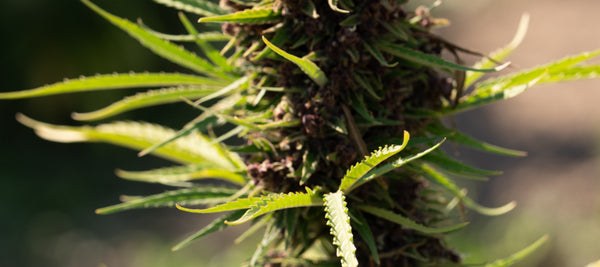
The Entourage Effect: Terpene Synergies
The complete guide to THCA terpenes must address the fascinating phenomenon of terpene interactions. Rather than acting as isolated compounds, terpenes work together in complex harmonies that modify and enhance their individual effects.
Myrcene's ability to increase cell membrane permeability may enhance the absorption of other terpenes and cannabinoids, explaining why myrcene-dominant strains often produce more intense overall effects. Similarly, pinene's potential to counteract short-term memory issues associated with THC demonstrates how terpenes can modulate cannabinoid activity.
The ratio between different terpenes proves as important as their absolute concentrations. A strain containing equal parts limonene and myrcene will exhibit different characteristics than one where either compound dominates, even if total terpene content remains constant.
Recent research suggests that terpene interactions extend beyond simple addition, creating truly synergistic effects where the whole exceeds the sum of its parts. These discoveries validate traditional cannabis wisdom about strain-specific effects while providing scientific explanations for observed phenomena.
Laboratory Testing and Terpene Analysis
Modern cannabis terpene analysis employs sophisticated analytical techniques to identify and quantify individual compounds with remarkable precision. Gas chromatography-mass spectrometry (GC-MS) remains the gold standard, capable of detecting terpenes at parts-per-million levels while providing definitive compound identification.
Sample preparation for terpene analysis requires careful attention to preservation techniques. Terpenes' volatile nature means that improper handling can significantly alter results, making standardized collection and processing protocols essential for accurate testing.
High-performance liquid chromatography (HPLC) offers alternative analytical approaches, particularly useful for heat-sensitive compounds that might degrade during GC-MS analysis. Some laboratories employ both techniques to provide comprehensive terpene profiles.
The interpretation of terpene test results requires understanding both absolute concentrations and relative ratios. A strain containing 2% total terpenes with balanced ratios may exhibit more complex aromatics than one with 3% total terpenes dominated by a single compound.
Quality laboratories provide detailed breakdown reports showing individual terpene concentrations, total terpene content, and often include aromatic descriptors to help consumers understand expected sensory experiences.
Reading and Interpreting Terpene Test Results
Understanding terpene certificates of analysis (COAs) empowers consumers to make informed decisions based on scientific data rather than marketing claims. THCA terpene profiles should include both individual compound concentrations and total terpene content.
Primary terpenes typically appear at concentrations above 0.1%, with dominant compounds often exceeding 1% of total dry weight. Secondary terpenes may appear at lower concentrations but still contribute significantly to overall aromatic profiles.
The relationship between terpene concentrations and perceived aromatics isn't always linear. Human olfactory sensitivity varies dramatically between compounds, meaning that trace amounts of potent aromatics like certain thiols can dominate perceptible scent despite minimal concentrations.
Seasonal variations in terpene profiles reflect environmental influences on plant metabolism. Spring harvests might emphasize different terpenes than fall harvests from genetically identical plants, highlighting the importance of understanding testing dates and growing conditions.
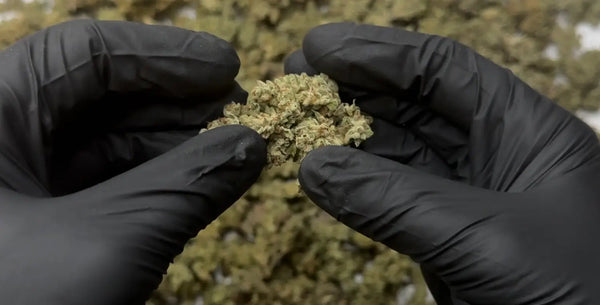
Terpene Preservation and Enhancement Techniques
Proper storage represents the first line of defense against terpene degradation. Light, heat, and oxygen all accelerate terpene loss, making airtight containers stored in cool, dark conditions essential for maintaining aromatic integrity.
Humidity control proves equally important, with excessive moisture promoting mold growth while inadequate humidity can cause terpenes to evaporate. Optimal storage humidity typically ranges from 55-62% relative humidity, maintained through appropriate containers and climate control.
Processing techniques significantly impact terpene retention. Flash-freezing immediately after harvest can preserve volatile compounds that would otherwise evaporate during traditional drying methods. Some producers employ live resin techniques that prioritize terpene preservation over conventional processing efficiency.
Packaging innovations continue improving terpene preservation for commercial products. Nitrogen flushing, specialized barrier films, and temperature-controlled storage extend shelf life while maintaining aromatic integrity throughout distribution chains.
Enhancement techniques include terpene reintroduction through botanical sources or synthetic reproduction. While controversial among purists, these methods can restore aromatic profiles lost during processing or create entirely new sensory experiences.
Strain-Specific Terpene Profiles and Their Signatures
OG Kush Lineage: Myrcene and Limonene Dominance
The legendary OG Kush and its descendants typically feature myrcene-dominant profiles complemented by significant limonene concentrations. This combination creates the characteristic earthy-citrus aroma that defines the OG family.
Caryophyllene often appears as a significant secondary terpene in OG varieties, contributing spicy undertones that enhance the overall complexity. The interaction between these three compounds creates the distinctive "OG" effect profile recognized by enthusiasts worldwide.
Sour Diesel Characteristics: Terpinolene Complexity
Sour Diesel and related strains showcase terpinolene's complex aromatic contributions, often featuring this compound as the dominant terpene alongside supporting limonene and myrcene. The result produces the unmistakable fuel-like aroma with sweet undertones.
The high terpinolene content in Sour Diesel varieties may contribute to their reputation for promoting creativity and mental stimulation, though research into specific terpene effects remains ongoing.
Purple Varieties: Linalool and Caryophyllene
Purple-hued strains often feature elevated linalool concentrations alongside caryophyllene, creating floral, spicy aromatics that complement their visual appeal. The relationship between anthocyanin production (purple coloration) and terpene synthesis suggests genetic linkages worth preserving.
These varieties demonstrate how visual and aromatic characteristics often correlate, providing consumers with multiple sensory indicators of quality and genetic authenticity.
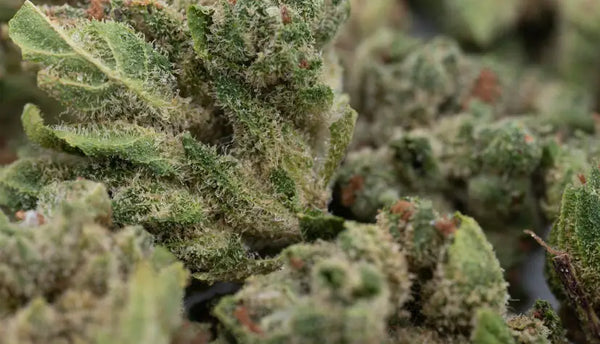
The Future of Cannabis Aroma Chemistry
Emerging research continues expanding our understanding of marijuana terpene chemistry, with new compounds identified regularly and novel interactions discovered through advanced analytical techniques. The application of artificial intelligence to terpene analysis promises accelerated discovery of previously unknown relationships.
Genetic engineering techniques may eventually allow precise control over terpene production, enabling custom aromatic profiles tailored to specific preferences or therapeutic applications. However, such developments raise questions about genetic diversity preservation and natural expression authenticity.
Consumer education remains crucial for the industry's continued evolution. As understanding of cannabis aroma chemistry explained becomes more widespread, demand for detailed terpene information will drive improvements in testing, labeling, and product development.
The intersection of terpene research with other scientific disciplines, including neuroscience, pharmacology, and materials science, suggests applications extending far beyond traditional cannabis consumption. These interdisciplinary collaborations may unlock entirely new uses for cannabis-derived terpenes.
Frequently Asked Questions About THCA Terpene Profiles
Q: How do terpenes in THCA flower differ from those in traditional THC products? A: THCA flower contains the same terpenes as THC products since THCA converts to THC through decarboxylation (heating). The main difference lies in preservation—THCA flower often maintains more original terpene content since it hasn't undergone extensive heat processing.
Q: Can terpene profiles predict the effects I'll experience? A: Terpene profiles provide valuable insights into potential effects, but individual responses vary significantly. Myrcene-dominant strains often promote relaxation, while limonene-rich varieties may enhance mood, but personal biochemistry, tolerance, and consumption method all influence actual effects.
Q: Why do identical strains smell different from different growers? A: Environmental factors dramatically influence terpene production. Growing conditions, nutrients, harvest timing, curing methods, and storage all affect final terpene profiles. Even genetically identical plants can produce notably different aromatics under varying conditions.
Q: Are synthetic terpenes as effective as natural cannabis terpenes? A: Synthetic terpenes can replicate individual compounds accurately, but natural cannabis contains complex mixtures of terpenes plus minor compounds that contribute to the overall effect. The "entourage effect" may be diminished with synthetic alternatives, though research continues exploring these differences.
Q: How long do terpenes last in stored cannabis? A: Terpene degradation varies by compound and storage conditions. Under optimal conditions (cool, dark, dry), significant terpenes can maintain potency for 6-12 months. However, more volatile compounds like myrcene may show noticeable reduction within weeks if improperly stored.
Q: Do terpenes affect potency or just flavor? A: Terpenes influence both sensory experience and physiological effects. While they don't directly increase cannabinoid potency, they can modulate how cannabinoids interact with your body's endocannabinoid system, potentially enhancing or modifying the overall experience.
Q: Can I enhance terpene content in my cannabis at home? A: Post-harvest enhancement is limited, but proper curing techniques can preserve existing terpenes. Some enthusiasts add botanical terpenes from other sources, though this changes the natural profile. Focus on proper storage to maintain what nature provided.
Q: Are rare terpenes worth seeking out? A: Rare terpenes often contribute unique aromatic complexity and may offer novel effects, but their scarcity doesn't automatically indicate superiority. Well-balanced profiles of common terpenes often provide more consistent and predictable experiences.
Conclusion: Appreciating the Art and Science of Cannabis Aromatics
The world of THCA terpene profiles represents a fascinating intersection of botany, chemistry, and sensory experience. Understanding cannabis aroma chemistry enhances appreciation for the remarkable complexity hidden within each flower, transforming casual consumption into informed exploration of nature's molecular artistry.
As we've explored throughout this complete guide to THCA terpenes, these aromatic compounds serve as far more than pleasant fragrances. They represent evolutionary adaptations, chemical communications, and potentially therapeutic agents worthy of scientific respect and consumer understanding.
The future of cannabis appreciation lies in bridging the gap between traditional knowledge and modern analytical capabilities. By combining scientific rigor with sensory awareness, consumers can navigate the expanding cannabis landscape with confidence and sophistication.
Whether you're drawn to the earthy comfort of myrcene-dominant varieties, the citrusy brightness of limonene-rich strains, or the complex aromatics of rare terpene combinations, understanding the chemistry behind these experiences deepens your connection to this remarkable plant.
For those ready to explore the cutting edge of THCA strain profiles, discover the latest innovations in terpene-rich varieties at Oregon Hemp Flower's New THCA Releases, where science meets craft in pursuit of aromatic excellence.
The journey into cannabis aroma chemistry has only just begun. As analytical techniques advance and our understanding deepens, new chapters in this aromatic story continue unfolding, promising even greater appreciation for the molecular symphony that makes each strain unique.

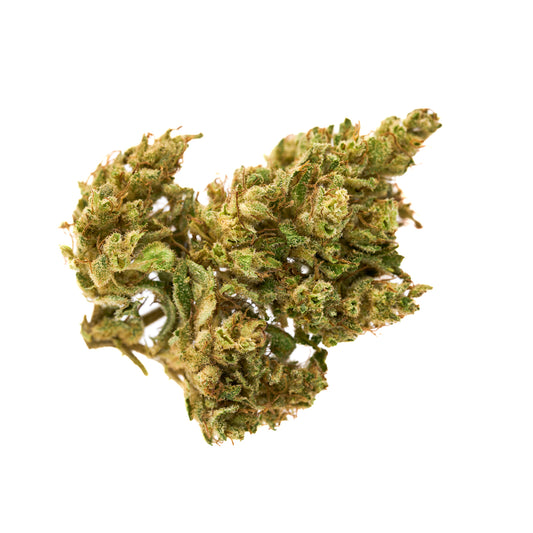
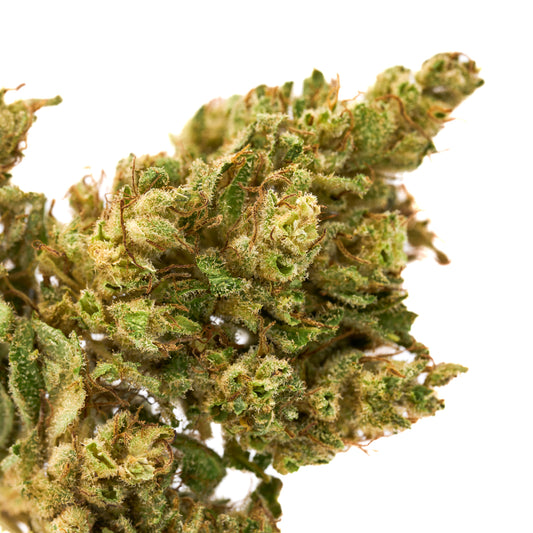
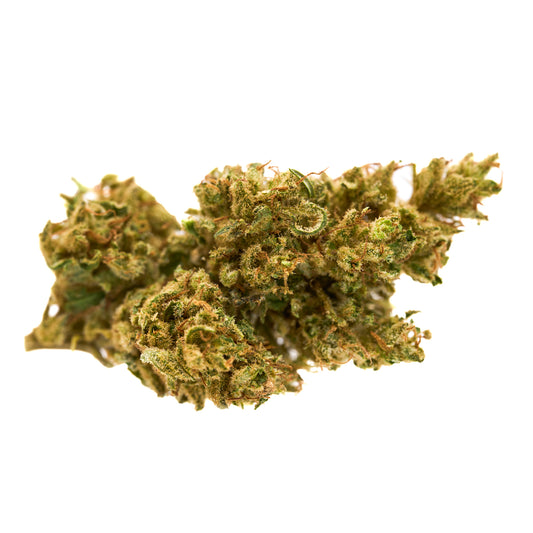
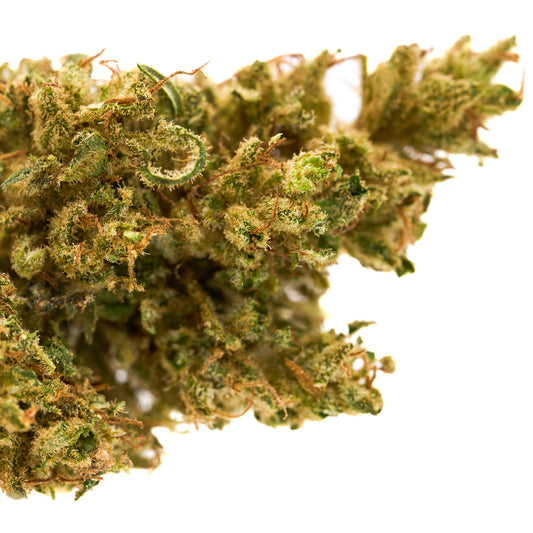
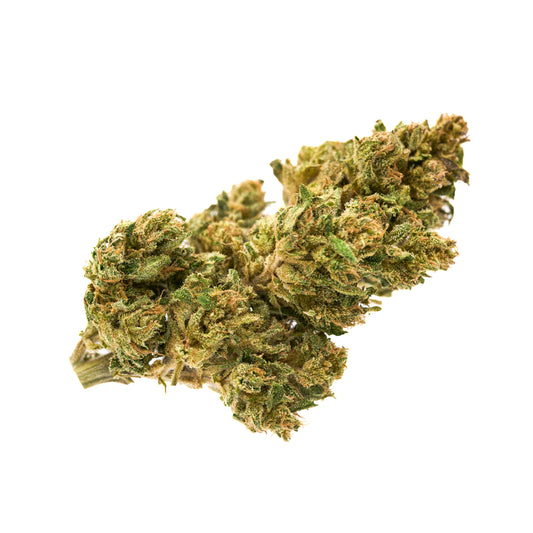
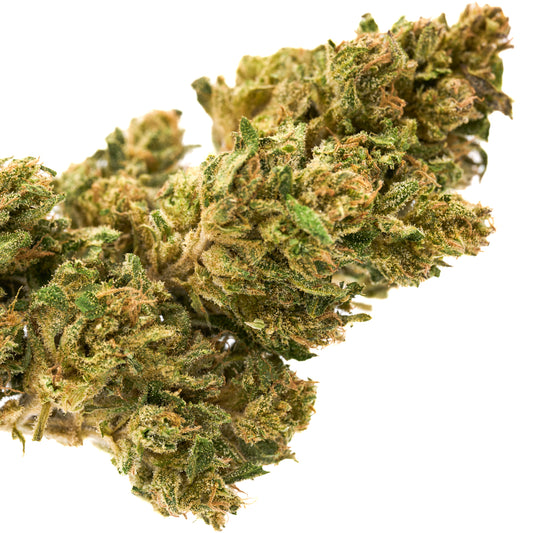



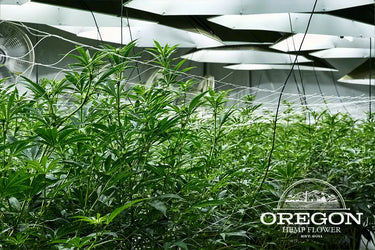

Leave a comment
Please note, comments need to be approved before they are published.